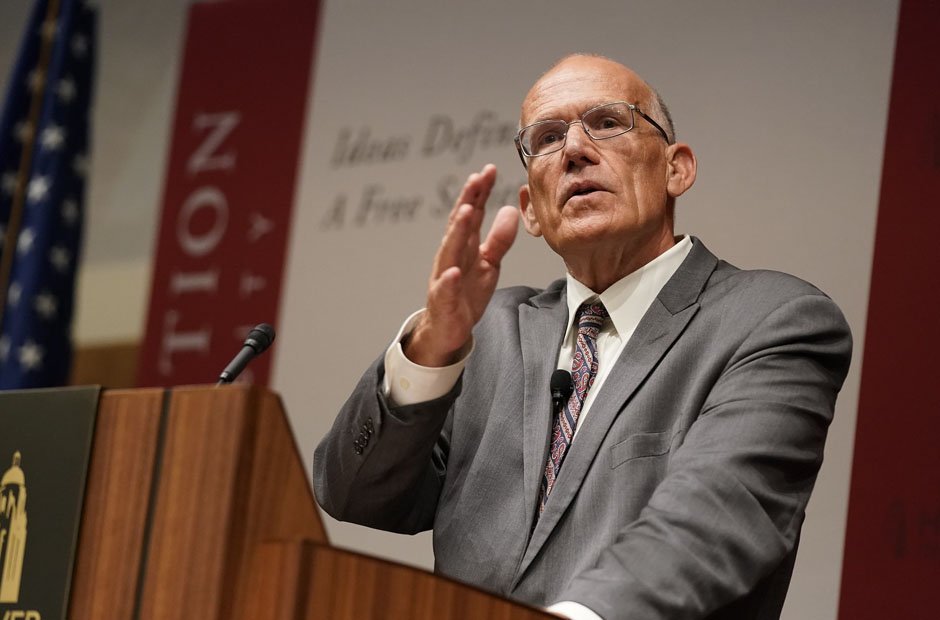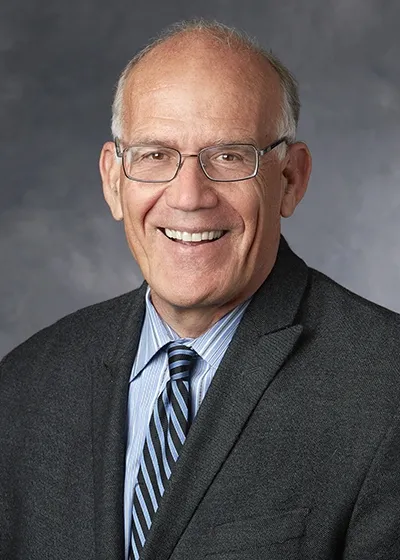Introduction: A Fallen Scholar and What It Means
In the world of academia, Victor Davis Hanson accident especially within the realms of classical studies and military history, Victor Davis Hanson stands out as a towering figure—someone whose pen and mind have shaped how we understand warfare across millennia. Victor Davis Hanson Accident When news of his accident broke, it was met with surprise and concern, not just because of the physical repercussions, Victor Davis Hanson accident but because any incident involving Hanson seemed to reverberate beyond the personal into the cultural and intellectual domains.
On the surface, accidents happen to everyone—but when they befall someone so rooted Victor Davis Hanson accident in the narrative of history itself, they invite deeper contemplation. What happens when a historian who spends his life dissecting human suffering, strategy, and mortality becomes vulnerable himself? In this article, I explore the circumstances of the accident, the physical and intellectual aftermath, and what it reveals about resilience, adaptation, and the fragile line between observer and subject in historical discourse.
1. The Incident: Anatomy of an Unexpected Fall

Reports indicate that Victor Davis Hanson Accident suffered a serious accident, resulting in a concussion, Victor Davis Hanson accident a broken nose, significant gum injuries, 65 stitches, and the loss of four teeth Upbeat Geek. Details on the specific context—whether it occurred during fieldwork, on home ground, or elsewhere—remain sparse, but the physical damage clearly speaks volumes.
I. Concussion & Broken Nose
Hanson’s concussion would have immediately demanded medical attention. A concussion, Victor Davis Hanson accident even in its mildest form, is no trivial matter, Victor Davis Hanson Accident especially in older adults. Coupled with a broken nose, it suggests a fall or blunt impact that was substantial enough to disrupt both form and function—life, quite literally, knocked off course.
II. Oral Trauma: Gum Cuts, Stitches, and Lost Teeth
Sixty-five stitches and four missing teeth paint a picture of significant facial trauma. Victor Davis Hanson Accident Even if Hanson were accustomed to the rigors of battlefield scholarship, this kind of bodily injury is humbli Victor Davis Hanson accidentng, traumatic, and profoundly personal—bringing him closer to the human vulnerabilities he often examines in ancient warrior societies.
III. Immediate Impact
Beyond the physical, the psychological and professional toll is also worth considering. Hanson is known for lecturing and writing with precision; a concussion and facial injuries may have forced a temporary retreat from the public eye. In that moment, the historian became, for a time, Victor Davis Hanson Accident the subject of a lived historical event—his own fragility—rather than its analyst.
2. The Aftermath: Healing, Reflection, and Altered Perspective
Physical recovery from such injuries is one thing; the internal journey that often follows is another entirely. For someone like Hanson, whose work melds scholarship with deep understanding of human Victor Davis Hanson Accident resilience, the accident likely provoked layered reflections.
I. The Healing Process
A recovery that includes healing tissues, teeth, and perhaps relearning speech patterns takes time. But it’s also a moment to reckon with dependence—on doctors, caretakers, even a slower pace of work. Victor Davis Hanson Accident For someone used to commanding narratives, it’s a humbling interlude.
II. Intellectual Pause and Reflection
Injuries often force a slowdown—not just of bodies, but of minds. What did Hanson contemplate as he paused? Did he reexamine familiar themes of mortality, the vicissitudes of strategy, the unpredictability of fate? Given his lifelong engagement with the human condition in conflict, one might suspect that personal vulnerability only sharpened his intellectual lens.
III. Shifting from Observer to Participant
Hanson studies ancient warriors subjected to catastrophe, terrain-based peril, and human fallibility. Now, briefly, he experienced such forces firsthand. That shift—from analyzing to embodying written histories—can lead to enriched empathy in future writings: a small but meaningful merging of life and scholarship.
3. Resuming the Scholar’s Journey: What Future Papers May Reveal
Victors Davis Hanson’s scholarly trajectory is long and distinguished—spanning ancient strategy, political commentary, and cultural reflection WikipediaHoover Institution. How might this personal episode shape his next phase of work?
I. Nuanced Portrayal of Human Vulnerability
Hanson already excels at merging classicist rigor with accessible narrative. Having walked through personal injury and recovery, future works may carry added subtlety—an embodied awareness of how quickly a plan can collapse, terrain can betray, strategy can falter—not just metaphorically, but physically.
II. Refined Themes of Mortality and Resilience
Ancient history is rich with accounts of men and societies braving trauma. The historian’s own brush may deepen his interpretation of those narratives, moving past abstraction to inhabit the raw emotional corners of survival, healing, and stoic endurance.
III. Potential Shift in Public Engagement
If Hanson returns to public and media-facing roles post-recovery, one might anticipate a reflective tone—less polemical, perhaps, more philosophical. Accidents often catalyze existential recalibration; as such, the persona behind the pen may emerge renewed but tempered.
4. Why This Matters: Beyond the Physical Event
At first glance, a fall or injury may seem like a private setback. But for a public intellectual like Hanson, its resonance is inherently broader.
I. Understanding Human Commonality
No matter how elevated one’s mind, the body remains fallible. Hanson’s accident reminds us that wisdom, intellect, and scholarship do not inoculate against life’s unpredictabilities. In that way, his stumble becomes a bridge—not a breach—between academic loftiness and human mutuality.
II. Accident as Analytical Lens
Historians interpret history; Hanson now holds lived history in his bones. That experience can only enrich his interpretive vantage—making his future commentary more grounded, more aware that disaster is not just narrative device, but lived disruption.
III. Inspiration Through Resilience
Seeing Hanson recover and re-engage with work can inspire—even if we’re not scholars. It affirms that setbacks, even painful ones, can fuel new insights rather than halt progress.
Conclusion: A Scholar’s Temporary Fall and What It Foreshadows
Victor Davis Hanson’s accident—marked by a concussion, broken nose, extensive stitches, and lost teeth—was undeniably serious. Yet it’s also an inflection point: a moment when the historian embodied the fragility he often examines, and where his recovery may echo in his writing, lectures, and future insight Upbeat Geek.
When the physical wounds heal, what remains is a sharpened appreciation for the body’s limitations, the mind’s endurance, and history’s unpredictability. Hanson is not the ancient commanders he studies—but his recent experience connects him to them in a human sense.
So as he steps back into the public sphere—through writing, commentary, and teaching—expect to hear echoes of this lived experience. The scholar’s stumble, it seems, may deepen not diminish his voice.

